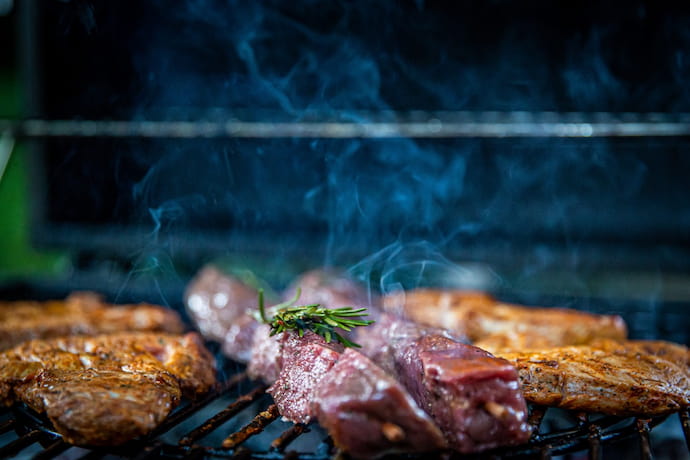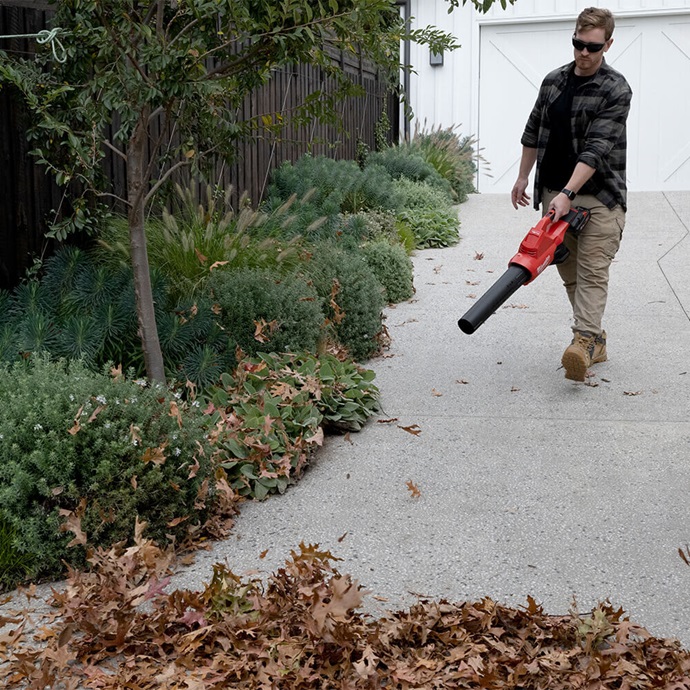If you’re constructing a brand-new industrial baking facility or launching a new product line, you’ll almost certainly want a new oven. The oven is frequently the most expensive, as well as the most vital piece of equipment in a bakery production line, so having it and using it properly is critical.
This article provides an overview of the many types of industrial bakery ovens and the applications that they are best suited for.
What to Look for in a Commercial Baking Oven?
Here are some crucial elements and advanced features to look for in a commercial bread oven.
Sufficient capacity for the present and the future
The commercial bread ovens with high tech features come in a variety of sizes and can accommodate a wide range of capacities. Because the oven will most likely be your major expenditure, choose one that will meet your demands now while also allowing your firm to develop in the future. Ovens with modular structures are easily expandable for increased capacity.
An easy-to-use HMI (Human-Machine Interface)
One of the important characteristics that make bakery equipment adaptable is a user-friendly HMI which allows operators to easily modify recipes on the fly. Icon-based HMIs are simpler to use than language-based HMIs.
Precise process control
Every baker understands the necessity of exact control over the baking process, whether they work in a home kitchen or an industrial one. More accurate process control will be provided by newer machines equipped with the most advanced heating and monitoring technology.
Energy-efficiency
An energy-efficient oven will lower your total cost of ownership over time by saving you money on fuel and utilities.
Tool-free cleaning and replacement
Toolless cleaning and changeover are essential, especially if you wish to operate multiple items on the same line. This feature also makes routine maintenance and service easier.
Short set-up and heat recovery times
These aspects, such as tool-free cleaning and switching, contribute to the oven’s adaptability. Short set-up and heat recovery times aren’t as critical if you’re only running one product. They are, nevertheless, required if you need to run multiple goods on the same line in your commercial bread ovens.
Even baking across the width of the belt
Products on the outside of the belt receive less heat than products on the interior of the belt due to the way some ovens distribute heat. Make sure your oven bakes uniformly across the whole width of the belt to minimise excess waste or variable product quality.
Types of Industrial Baking Ovens
When we talk about different types of commercial baking ovens we’re really talking about how the product is heated. This affects almost every aspect of a product, from the cooking time to the texture and look.
Ovens with direct and indirect heating
Traditional baking units that use radiant heat to create a heated baking chamber that heats food from the outside are known as direct- and indirect-fired ovens. They can be powered by gas, oil, or electricity (the most popular).
In a direct-fired oven, the burner immediately warms the baking chamber. Food does come into contact with combustion products. Direct-fired ovens are perfect for items requiring high temperatures and quick baking periods.
The burner in an indirect-fired oven heats a heat exchanger, which transmits heat into the baking chamber. Food products are not in contact with combustion products. For items that require lower temperatures and longer baking times, indirect-fired ovens are preferable.
Impingement ovens
Impingement ovens are indirect-fired baking solutions, which implies that no combustion products are present in the baking chamber. Impingement ovens, like standard ovens, use radiant heat to surround items, but they also use pressurised jets of hot air to permeate the object. This design dramatically reduces cooking time by heating the product from both the inside and the exterior. These ovens are suitable for products that must be cooked fast but are also somewhat strong – delicate doughs and batters do not stand up well to the hot air jets.
Thermal oil ovens
Thermal oil ovens enable the smooth heat transmission required to produce artisan-style items on a large scale. Because of their ability to handle high-moisture doughs and produce artisan-style crusts, these ovens are extremely popular in Europe and are gaining popularity in the United States. Thermal oil ovens feature a large thermal capacity as well, allowing for fine temperature control.
Direct Gas-Fired High-Temperature Ovens
This oven is versatile and adaptable with gas ribbon burners, and is suitable for goods that require high temperatures. Each oven has multiple oven zone control and independent, adjustable top and bottom heat within each zone, allowing you to design the most precise baking curve for your products. Because the oven is made using 2-meter modules, it is simple to expand as your capacity needs rise.
Maintenance
Reduce the likelihood of unwanted material contamination, under-processing, and lubricant contamination in order to avoid food safety problems be they of physical, biological, or chemical nature. These dangers may endanger clients’ food safety, not to mention the loss of a good reputation and money. Prevent mechanical, electrical, and thermal equipment failures from disrupting regular oven operation and increasing downtime, which could result in considerable economic losses.
Equipment inspection and maintenance, as well as calibration of measurement and instrumentation systems, are critical for efficient oven operation. Everything requires special attention, whether it’s welded components, drive chains and belts, motors and drives, steam lines and fittings, air lines and fittings, piping seals and gaskets, or bearings. Conveyor belts, bands, temperature indicators and controllers, in-line humidity metres and humidity exhaust systems, electrical control systems, and fans aren’t an exception either.








